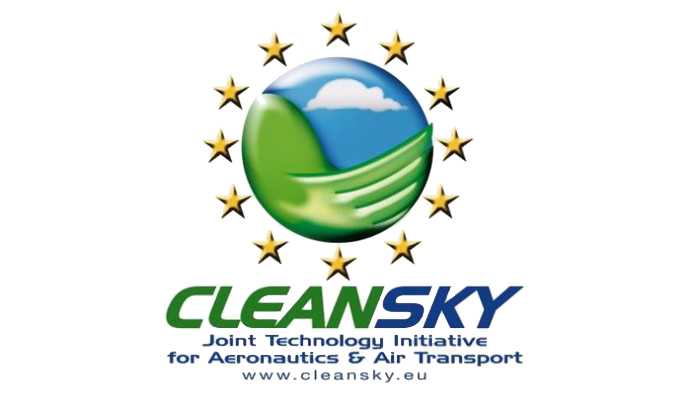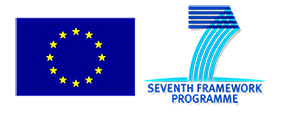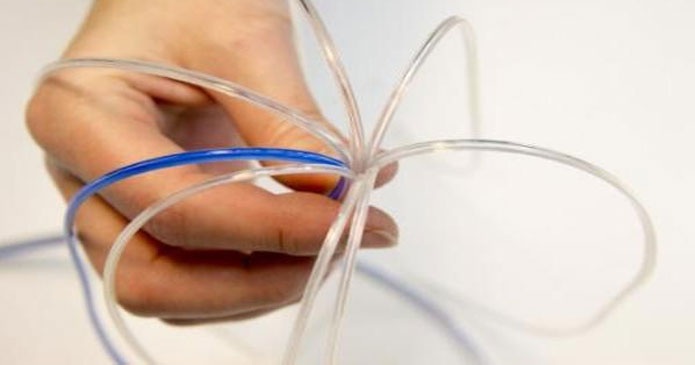WINGTECH EVALUATION
Trade-Off Study for the Ranking of New Technologies Best Fitting Wing


Aeronautics
TRADE-OFF STUDY FOR THE RANKING OF NEW TECHNOLOGIES BEST FITTING WING
The virtual simulation techniques and tools have today so pervasively entered the aerospace sector, that it would be almost superfluous to enumerate the reasons of such a broad and all-encompassing diffusion. It is barely worth noting that some of the mostly used key-words, which can be found in the technical literature related to the description of FEM analyses carried out in this industrial sector, are “weight reduction”, “increased safety”, “reduction of manufacturing and maintenance costs”, “decreasing of environmental impacts”: the attainment of all this objectives can be indeed very effectively supported by using the most advanced numerical simulation methods. The core of this project is in fact the development of a trade-off study, meant to compare several different structures incorporating new technologies, in order to determine the most promising solutions among those considered: these different solutions will be compared on the basis of suitably selected figures of merit, with the objective to reduce the weight of the structure, enhance its mechanical properties and reduce the costs and efforts of the production and maintenance phases of the considered components.
The project results will produce important impacts, introducing in the wing components technology
fundamental innovations that will bring to the attainment of significant technical, economic and
environmental benefits at European level.
EnginSoft develop a baseline model of the wing stub box, different variants to analyse the impact of the considered structural modifications on the overall performances of the system and bring to the completion of the trade-off study, by allowing the individuation of the most promising technical solutions
EnginSoft SpA | Università di Pisa | Piaggio Aero Industries | AGI
Funding Scheme FP7 Collaborative Project | Call identifier FP7-JTI-CS


Some of our competences in research and technology transfer

Research project
The activity carried out, as part of the CUP B98I24002620009 project, is characterized by two services aimed at improving skills, methods and tools applied to Process Engineering and Information Systems for Knowledge Management (KM) and GoToMarket).

Research project
The ForZDM project developed and demonstrated tools to support the rapid implementation of Zero-Defect Manufacturing solutions in industry, and to design more competitive and robust multi-stage manufacturing systems.
Research project
YOGA sviluppa una piattaforma semiautomatizzata e standardizzata rivolta a qualsiasi laboratorio clinico impegnato nella caratterizzazione dei tessuti da biopsia quando il materiale disponibile è molto poco.available.